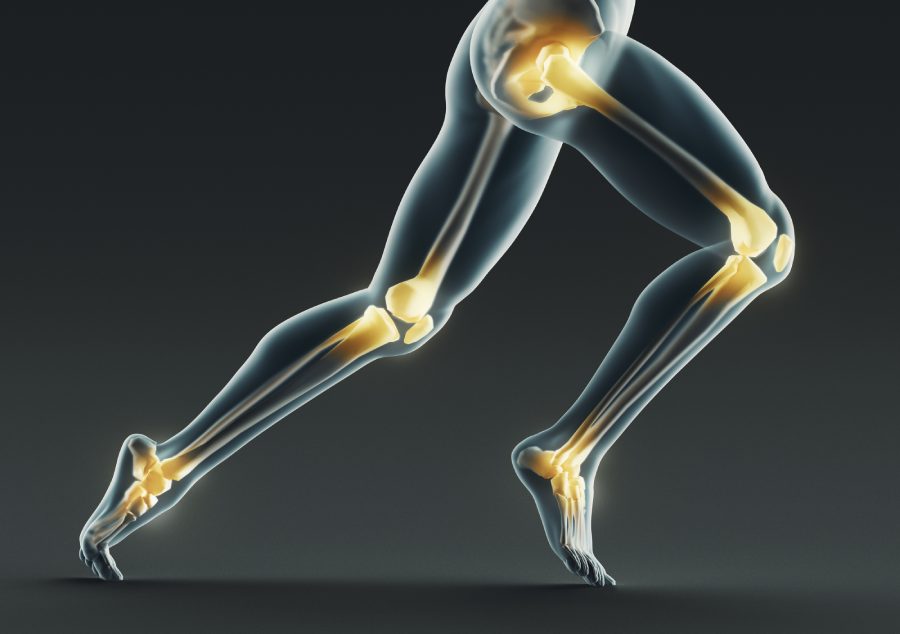Now more than ever, consumers are interested in products and ingredients that enable them to remain active and that support their functional ability to do what they value throughout their lives. Pain-free movement is paramount for people who wish to stay active and mobile. Having an effective daily bone and joint supplement regimen is essential to remain independent and perform the functional tasks of daily living, even into old age.
There are a number of key OptiMSM benefits for almost any walk of life. But two of the most important benefits in regards to functional living, are joint and bone health.
Joint Health
Sulfur-rich OptiMSM helps support and preserve connective tissue. Whether muscle, joints, cartilage or ligaments, OptiMSM provides multiple benefits for consumers.
Extensive research demonstrates OptiMSM decreases joint pain, improves stiffness and swelling, and increases the range-of-motion and physical function of individuals with osteoarthritis. The reduction of joint pain is also seen in healthy athletes. OptiMSM’s likely mechanism stems from its ability to decrease pro-inflammatory cytokines, reduce oxidative damage, and the ability to supply the body a rich source of sulfur.
Bone Health
Each day, your body is exposed to various stresses that can compromise the structural integrity of your bones and joints. Healthy bones are essential for optimal joint health and mobility. By focusing on maintaining bone mass and strength, you can reduce your risk of age-related deterioration, pain, disease and disability.
OptiMSM is well known for joint support, but many people are unaware of OptiMSM’s many additional benefits, including supporting healthy bones. OptiMSM can provide an essential role in preserving bone health and wellness. OptiMSM enhances the production of specific bone-building cells called osteoblasts, and increases mineralization, which helps stronger bones. Plus, the combination of OptiMSM and a protein used to treat people with bone loss (BMP-2), work together to increase mineralization and the production of bone-building cells.

